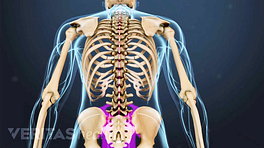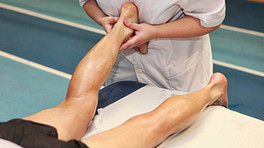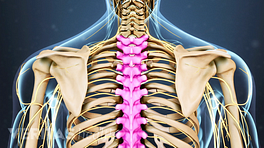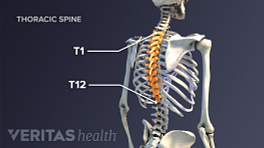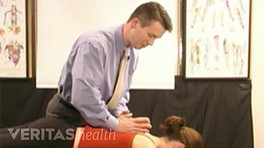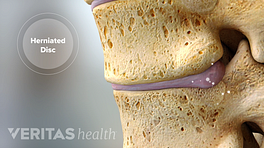In addition to the many joints and bones that comprise the thoracic spine, there is a network of interwoven and layered muscles. These muscles are used to stabilize and move the spine, aid in respiration, and move the shoulder and arm.
Fascia is a layer of connective tissue that contributes to the supportive structure of the spine and musculoskeletal system. The fascia invests, or surrounds, the muscles and allows for the smooth gliding of one muscle upon another. Investing fascia helps to prevent muscles from adhering to each other.
In This Article:
- Chiropractic Care of the Upper Back
- Chiropractic Treatment for Myofascial Pain Syndrome
- Chiropractic Treatment for a Thoracic Disc Herniation
- More Chiropractic Treatments for Upper Back Problems
- Chiropractic Adjustment of the Thoracic Spine (Upper Back) Video
With injury, chronic postural stress, or overuse, myofascial trigger points or myofascial adhesions may develop – all commonly referred to as myofascial pain syndrome.
Chiropractors treat myofascial pain syndromes such as myofascial trigger points or adhesions with manual myofascial therapy. This therapy normally includes the use of direct pressure upon the trigger point, or the use of active anchor-and-stretch myofascial release techniques.
See Myofascial Therapy for the Treatment of Acute and Chronic Pain
Chiropractors also utilize specific exercises and physical modalities to treat myofascial pain syndromes. Some chiropractors utilize acupuncture or dry-needling techniques to treat myofascial pain.

